Once upon a time, the word “gravel” brought contempt and disdain if you dared mention it around the average lycra-clad roadie cyclist. The sheer thought of plastering one’s Colnago in crap was a feat reserved for professional cyclists once a year at that absolutely mad event, Paris Roubaix. Yes, let’s go race across cobblestones at 50+ km/hr on tyres measuring 23mm wide. Good idea!
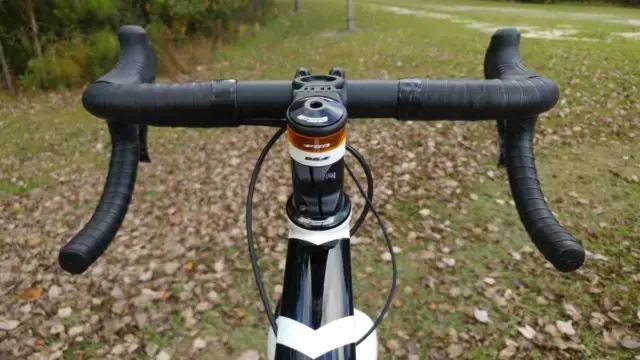
Slowly but surely, people figured out that wider tyres at low pressure ride better on bumpy and cobbly surfaces. Later, they figured out these wider tyres may play nicely on those gravelly roads everyone was ignoring. Yes, cars don’t seem to like them, barring the locals, because nobody likes getting their vehicle absolutely covered in $hite. You can see a common theme here. Gravel roads + bike, car, prized possession = it’s going to get trashed.
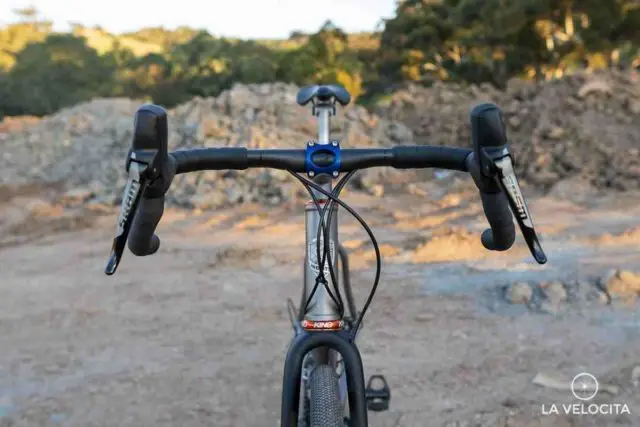
The evolution of gravel cycling didn’t happen overnight. Sure, ten to fifteen years ago, the trendsetters among us were way ahead of the curve and already playing on the dirty side, the fun side of cycling. For everyone else, it’s been a more recent transition. In the past two to three years, this thing we call gravel cycling has become the hottest thing in the cycling industry. Gravel bikes, gravel shoes, gravel pros, gravel kits, gravel saddles, gravel dads, gravel moms, gravel underpants and so on.
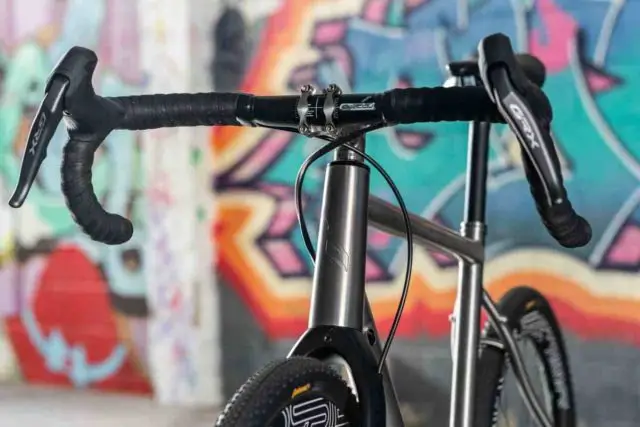
Controls and touchpoints on the bike, they weren’t deemed optimal by some for gravel cycling, which gets us to the point of this article. Now we have gravel-specific handlebars, and putting it mildly, there’s a massive array to choose from. Some are good, some are bad, some are loved and some are hated. It all comes down to an individual rider’s preference and what you’re looking to do.
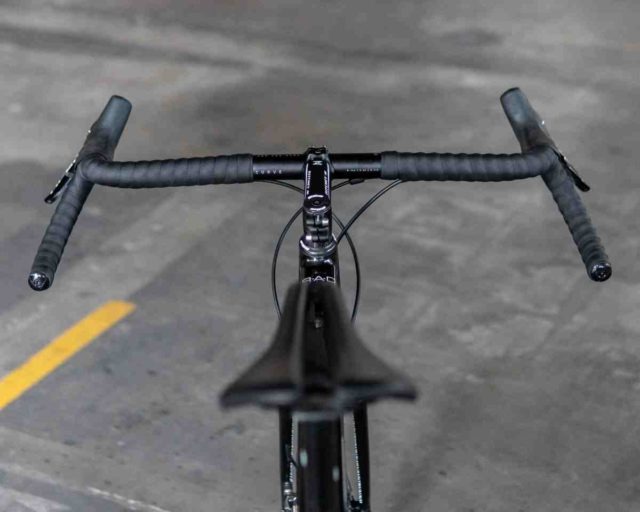
Littered about this example are examples of a few of the options available on the market today. Towards the bottom of the article, we’ve got a video that breaks it down even further! Many thanks to James of La Velocita for most of the photos in this article.
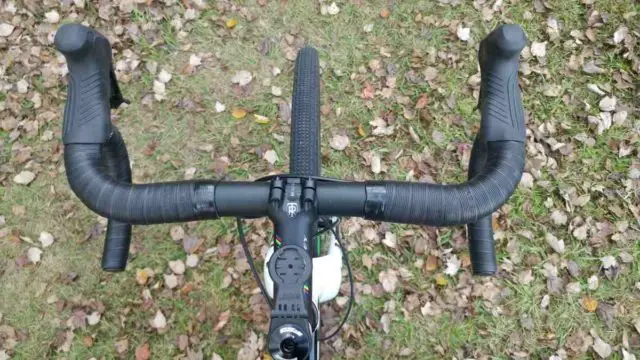
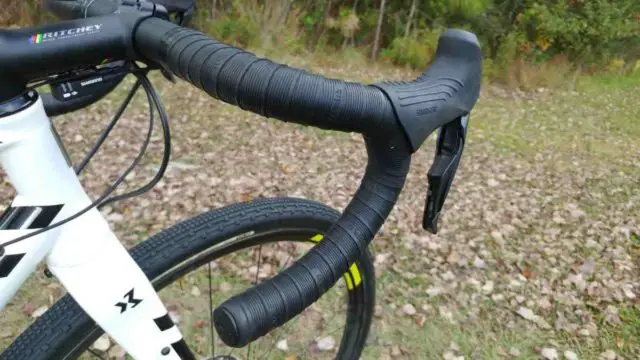
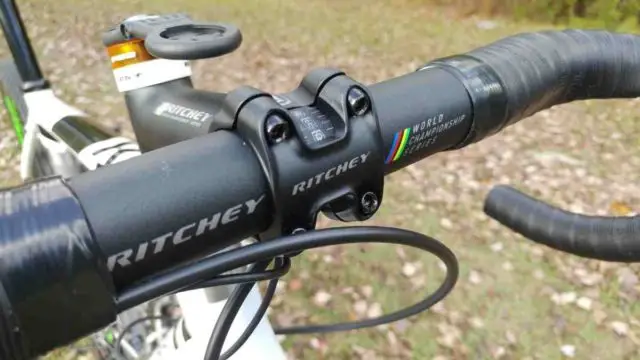
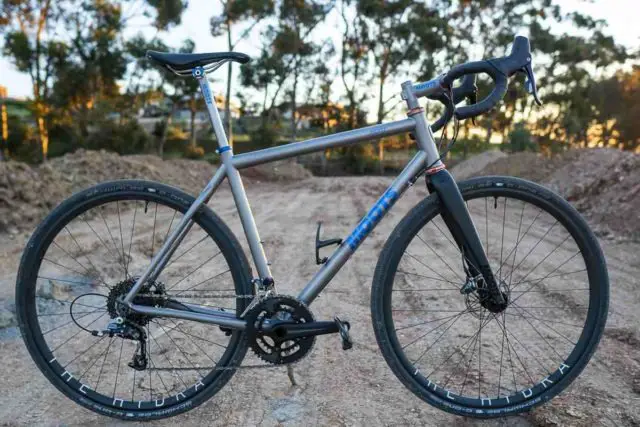
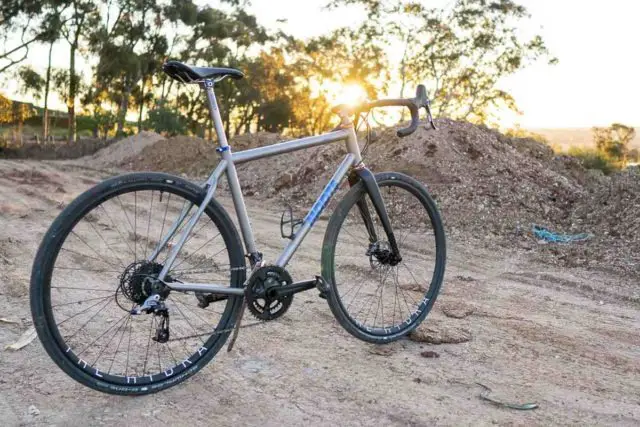
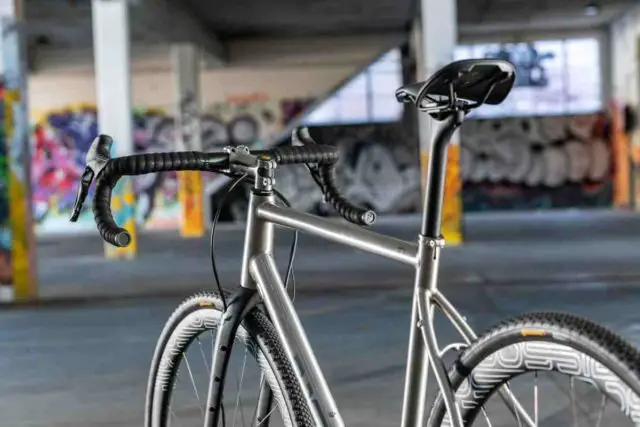
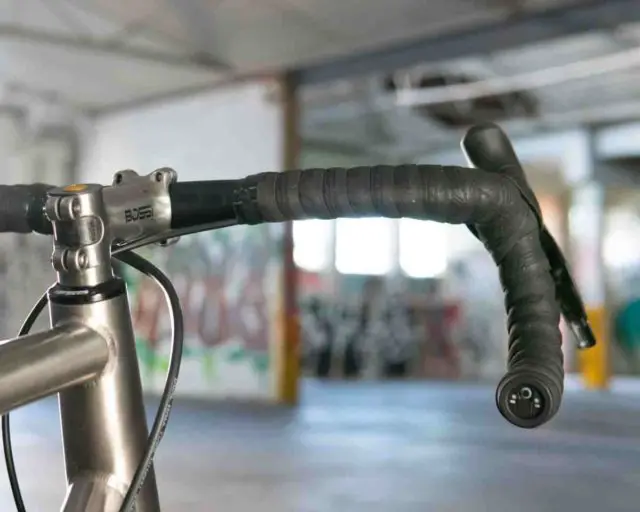
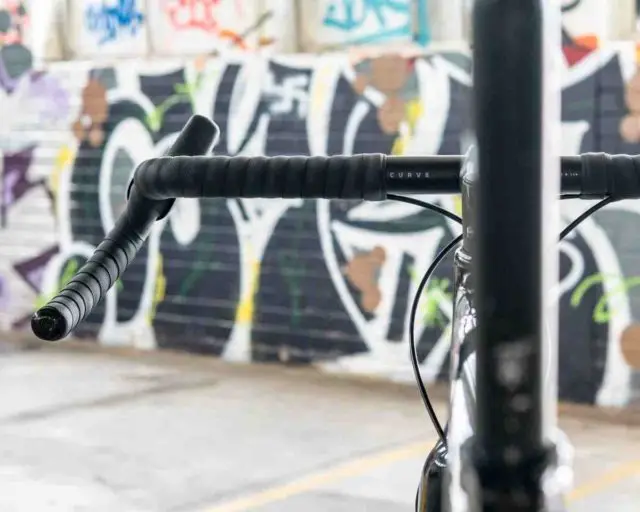
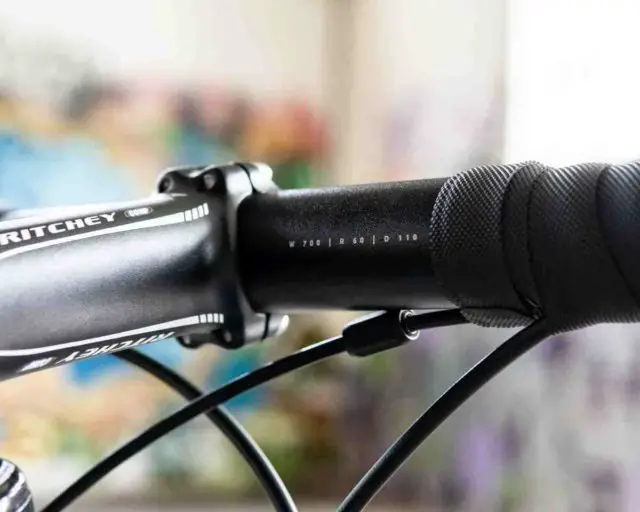
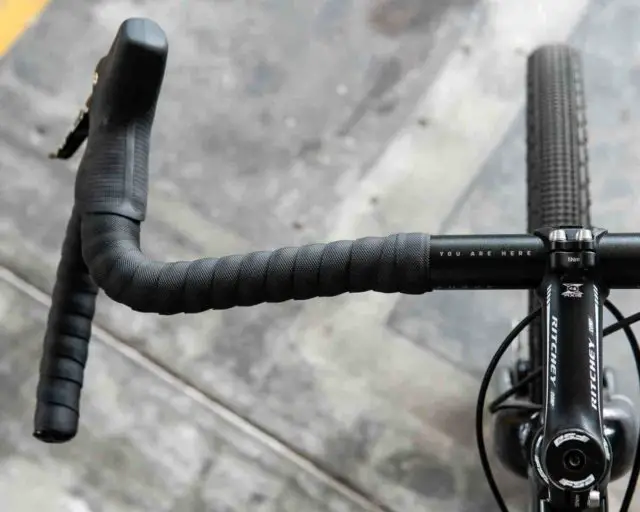
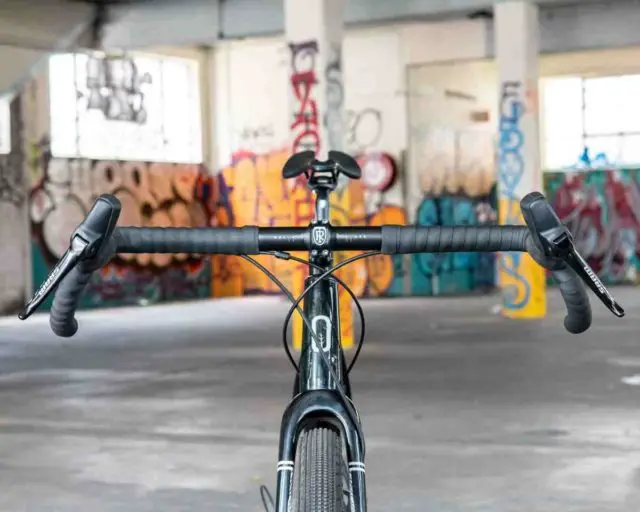
James Raison, a guest contributor to Gravel Cyclist and editor at La Velocita, provides his take on choosing gravel handlebars.
More about James Raison: James is a “pointy-bonebag hill-climbing monster”, resident of Adelaide, South Australia, gravelly-minded cyclist of the next level, intrepid explorer way off the beaten track and Editor at La Velocita. You can follow Jame’s whereabouts on RideAdelaide YouTube and Ride Adelaide Instagram.


I’m not sure what Ritchey bars you’re showing, but they’re not ErgoMax. I had some last year and they have both rise and flare; there are drawings showing this here:
https://us.ritcheylogic.com/us_en/bike/handlebars/wcs-ergomax-handlebar
Once in a while, we get it wrong!
For me, flared bars are nuts on a gravel bike. When I ride the levers on rough ground, I want my hands far apart for more leverage. But when I go to the drops, I am descending and want better aerodynamics. So flared bars are a silly fad, like much of the bicycle industry, I use one size wider road bars. I don’t think you can find a better handlebar than the Deda Zero 100 RHM with its slightly ovalized center.
Flared bars are great for certain uses. Single track , especially descents are much more stable with a flared bar. I got into the Dirty Kanza and no I will not be using flared bars. On some of the less techie single track here in BC flared bars are a gas. GCN has a video on how new Mountain Bikes are so good they have dumbed down our MTB trails. So they rode a mixed route ( gravel, single track and double track ) with a 90’s race MTB, current gravel bike and a cross bike I believe. The gravel bike was the fastest bike and they enjoyed it the most. This is how I got onto flared bars for a little more gravel experience!
Like a great number of us, I was riding gravel on CX bikes years ago, with contemporary bend Ritchey WCS stuff and all was good. Then the gravel revolution hit and we started getting more and more options, so I bought a bar with 16 degree flare with less reach and drop, not radical like the Curve and some others, but a huge change from the traditional road bar. The difference in control was massive in rough, twisty terrain. Between the flare better matching the angle of the arm/wrist and the forearm not hitting the first bend when leaning the bike, my dirt riding was transformed.
That Moots IS sweet. Also worth pointing out, Spank Industries’ Flare 25 Vibrocore bar is available in 20mm increments up to 520mm wide. (I went up a size to try a 46cm, paired it with a shorter stem and angled my hoods in) The foam core is actually pretty nice on rough terrain.
https://www.thegravitycartel.com/collections/gravel/products/spank-flare-25-vibrocore-drop-bar